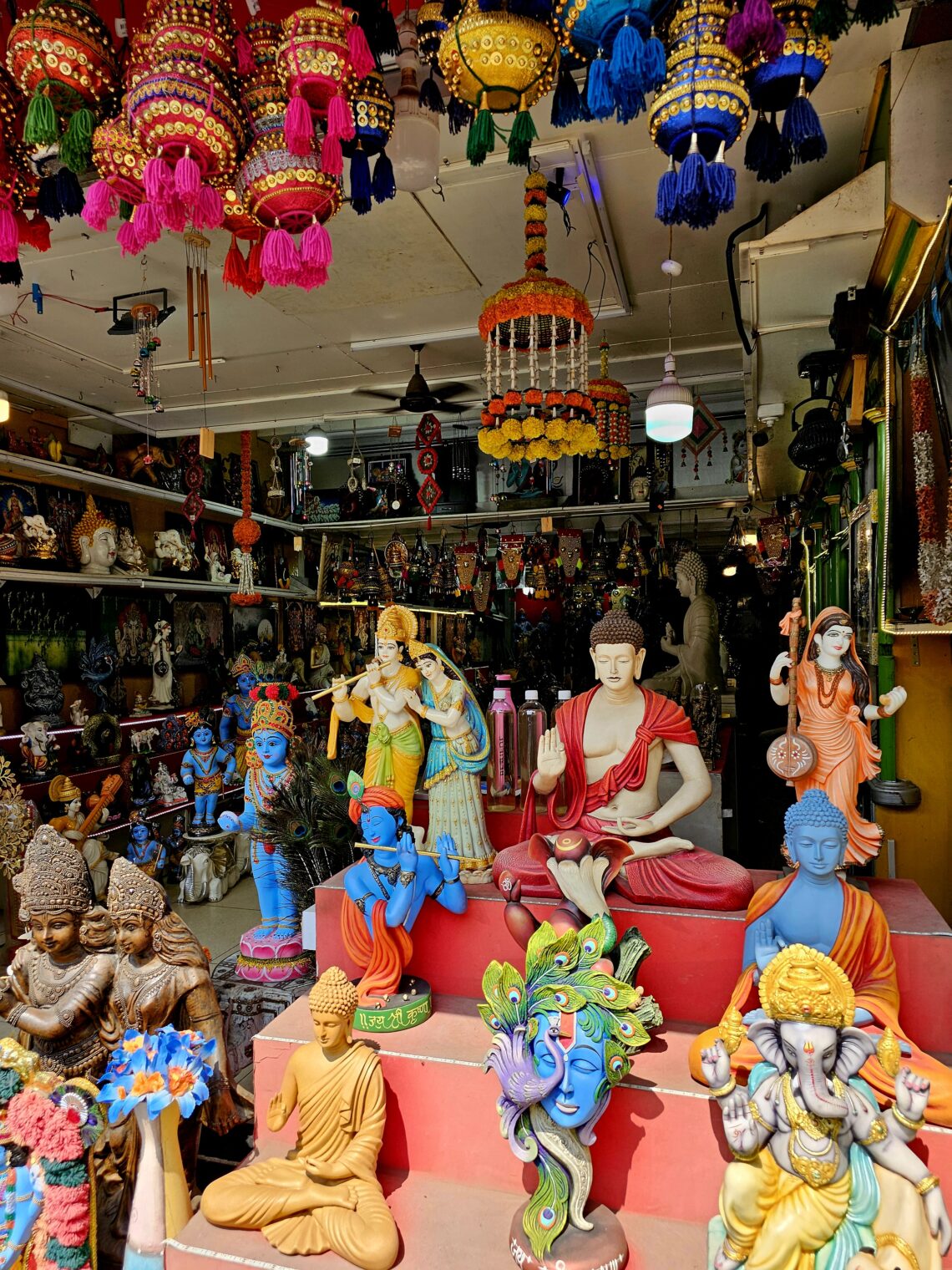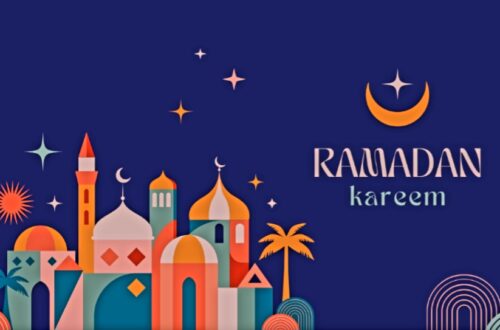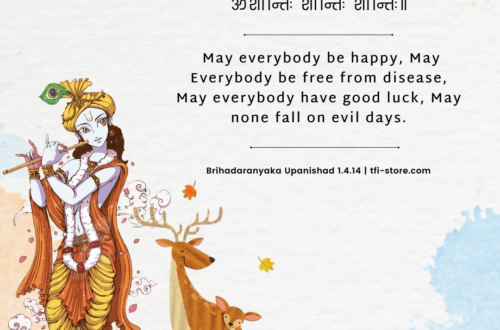
WORDT INDIA HET NIEUWE CHINA? ( De Standaard – 26 Jan. 24)
English version below
| Beste lezer, India stak China in april voorbij als land met de grootste bevolking ter wereld. Het land wordt steeds meer een alternatieve fabriek voor de wereld en is een gegeerde partner van westerse bedrijven. Toch ligt het gevoelig dat managers uit lagere kastes leiding geven aan teams van hogere kastes. En hoewel India ook de grootste democratie ter wereld is, werd enkele maanden geleden een Indiase separatist vermoord. Ondanks het groeiende belang van India voor het Westen, kennen we de Indiase cultuur amper en reizen we er zelden naartoe. Voor deze reeks spraken we onder meer met critici van het regime-Modi en trokken we naar Mumbai, Bangalore, Ahmedabad en Pune, maar ook naar het platteland rond het onooglijke dorpje Vautha. We wilden begrijpen welke reuzensprongen het land onder premier Narendra Modi maakte, maar we wilden ook een beter zicht krijgen op de aantijgingen van vriendjespolitiek en systematische discriminatie van minderheden. We gingen aan de slag met de cruciale vraag: Wordt India het nieuwe China? Of leggen het kastesysteem en de autoritaire trekjes van het regime-Modi een hypotheek op verdere ontwikkelingen? Het was een plezier om de nieuwe grootmacht in kaart te brengen. Hopelijk haalt u er ook veel leesplezier uit. |

A Belgian Dutch-language newspaper is on an investigative journey through the diverse tapestry of India. Dive into the intrigue with this introduction, and stay tuned as I bring you translated highlights from recent articles featured in De Standaard!
“Dear Reader,
In April, India surpassed China as the world’s most populous country, marking its rise as an alternative global manufacturing hub and a coveted partner for Western businesses. However, the dynamics of having managers from lower castes leading teams of higher castes remain a sensitive issue. Despite being the largest democracy globally, India faced the assassination of an Indian separatist a few months ago. Despite India’s increasing significance for the West, our understanding of Indian culture is limited, and our visits are infrequent.
In this series, we engaged with critics of the Modi government and explored cities like Mumbai, Bangalore, Ahmedabad, and Pune, as well as the rural areas around the modest village of Vautha. Our goal was to comprehend the significant strides India has taken under Prime Minister Narendra Modi, while also delving into allegations of cronyism and systematic discrimination against minorities. We grappled with the pivotal question: Is India on the path to becoming the new China? Or do factors like the caste system and authoritarian tendencies of the Modi government pose challenges to further progress?
It was a rewarding experience to unravel the intricacies of this emerging powerhouse. We hope you find this exploration equally enlightening and enjoyable.”





